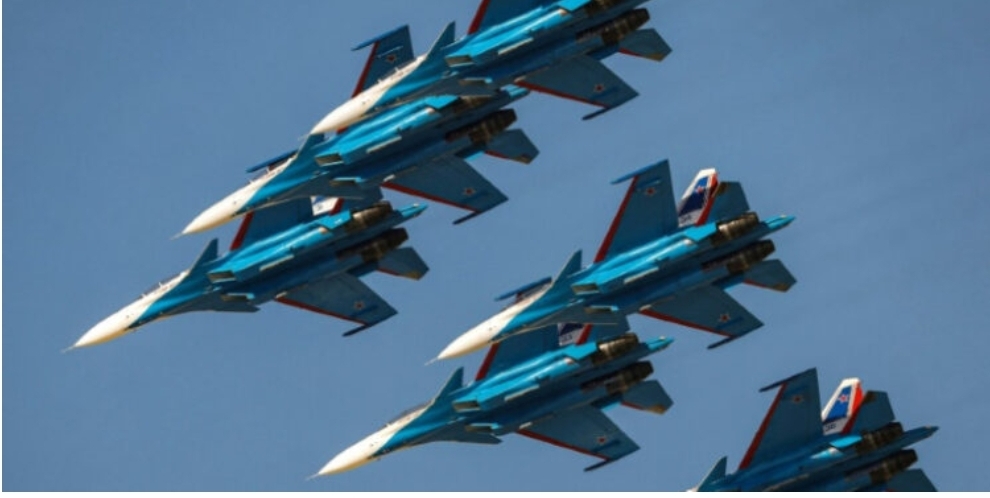RUSSIA-UKRAINE WAR AND STRATEGIC MILITARY DEVELOPMENTS
The Ukraine-Russia conflict remains a highly complex and evolving situation in 2025, marking the fourth year of intense warfare.

Ukrainian forces have continued to launch significant counteroffensives targeting strategic infrastructure within Russian territory, including the reported strike on the Lukoil Stavrolen chemical plant but there were no casualties.
“Russian Ministry of Defence air defence forces repelled a terrorist attack by Ukrainian drones over the Budyonnovsk Military District. Debris from the downed drones caused a fire in the industrial zone of Budyonnovsk,” the governor confirmed.
“According to current reports, there are no casualties, residential buildings are undamaged, and life support systems are operating normally,” he said.
This attack is indicative of Ukraine’s broader strategy to weaken Russia’s industrial and military capacities amid ongoing battles in contested regions such as Donetsk, Kherson, and Kursk.
Russia, on the other hand, remains committed to retaining control of key eastern territories and has mobilized substantial military resources to maintain its hold, including an expanded troop presence and defensive operations around major fronts.
Despite claims of battlefield gains on both sides, the war has resulted in heavy casualties, widespread destruction, and a protracted stalemate with high geopolitical stakes.
International support for Ukraine continues, with military and financial aid coming from Western nations while Russia sustains its war efforts amid economic pressures.
This conflict also underscores a broader struggle involving energy infrastructure, drone warfare, and shifting alliances, with both sides suffering critical losses and retaliatory strikes.
The humanitarian toll remains severe as civilians face displacement and danger in contested zones.
